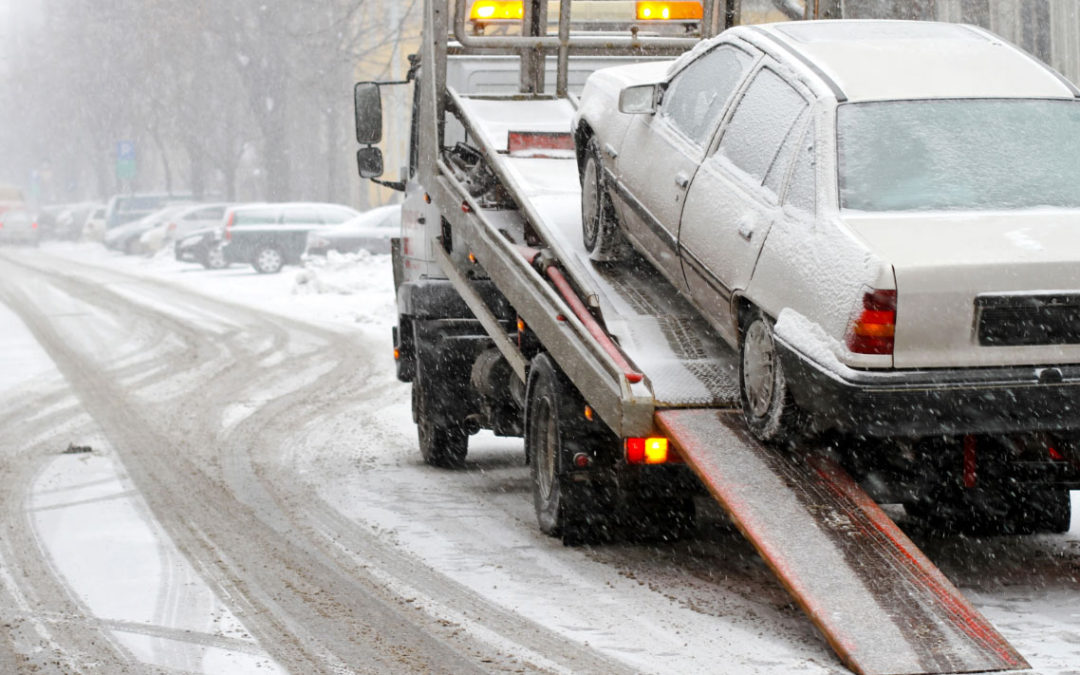Driving in the snow is not only a health hazard for you as a driver, but it can also put other drivers and bystanders at risk. It can be incredibly dangerous and frightening to drive in extreme weather conditions due to the increased potential of crashes if you don’t have experience driving in snowy, icy or sloppy roads. It’s important to educate yourself on how to appropriately react and deal with winter roadside emergencies until help gets to you (which in these conditions can take longer than expected).
Being Prepared for Winter Driving
- Always keep an emergency kit in the trunk of your car: warm blankets, flashlights, ice scraper, non-perishable food items and water, as well as an emergency kit with medications.
- Check to make sure your tires are properly inflated, especially before long trips
- Always warm up your vehicle before a trip in a well-aerated area, never in an enclosed space like your home’s parking garage.
Safely Driving in the Snow
- Avoid going outside unless absolutely necessary, especially in severe road conditions or snowstorms
- Snow and ice make for low traction – keep this in mind and drive slowly, with plenty of space between you and the car in front of you.
- Slowly accelerate and decelerate. It takes longer to get moving, and longer to slow down to a full stop on snowy or icy roads.
- Go steady when going up hills. If you go too fast, your wheels will spin. It’s better to get some speed before approaching the hill and allowing that to move you up, than speed up the hill and risk panicking if your wheels begin spinning.
If you need emergency towing services Vancouver or roadside assistance, get in touch with us. We are available 24/7 and are dedicated to getting you and your vehicle to safety.

Recent Comments